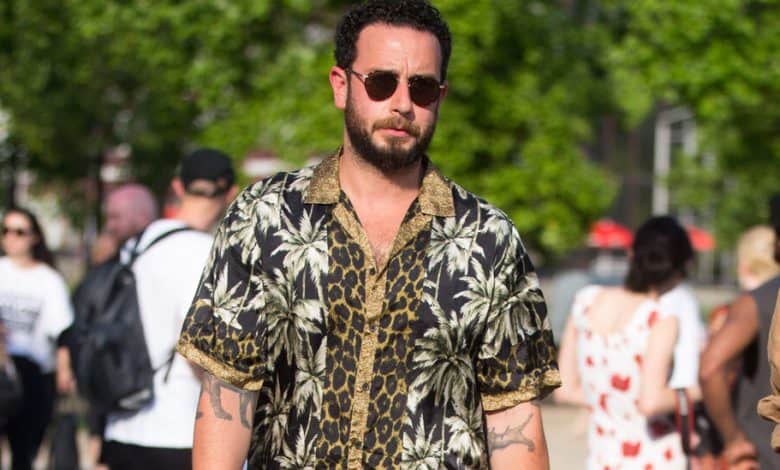The Collective Cry of the Fashion Bros: No Dries! Don’t Go!

As a trillion-dollar global industry, fashion is hardly the magic factory sometimes depicted in the press. Yet it does produce wizards. One such is the Belgian designer Dries Van Noten, whose announcement this week that he would be hanging up his smock and retiring after 40 years at his namesake label occasioned an outpouring of reminiscences, particularly from fashion pros like the men’s wear experts interviewed below.
Michel Gaubert, sound director: “I did all the Dries shows from 1999 to 2005, and what I admired is that his was a very strong voice of independence. He wasn’t owned by a big financial group, which meant that, like Rei Kawakubo or Rick Owens, he never had to have the hit bag or a hit T-shirt. His communication was not through advertising but his fashion shows. They were his only messaging, which is why they were so well considered and refined.”
Nick Sullivan, creative director, Esquire: “One show in Paris was held in this glass-covered 19th-century passage filled with Indian shops. It was done along the arcade, and guests were crammed into chairs set on either side, with the locals going on about their shopping. At the end, Dries got people to throw rose petals out the windows of the upper floors. It was one of those moments you don’t forget.”
Gaubert: “The shows made you wonder what happened to you after you saw them. They never left you with no feelings. Dries was very, very meticulous — it was always about these worlds he’d create. One of the first I worked on was in a greenhouse in the Bois de Boulogne. The day before, they discovered that the greenhouse door was not the green he wanted. They couldn’t find the exact paint in Paris, so he sent to Belgium for it.”
Justin Berkowitz, fashion director, Bloomingdale’s: “The thing about Dries is the way worlds are brought together and the elements styled so interestingly. His silhouettes are not necessarily the most outrageous. Yet whatever he does speaks to a broad range of references, this mind that interests you and a taste that intrigues. He might choose a color from a Francis Bacon painting, or a pattern from a Vasarely print.”